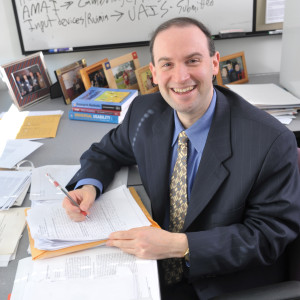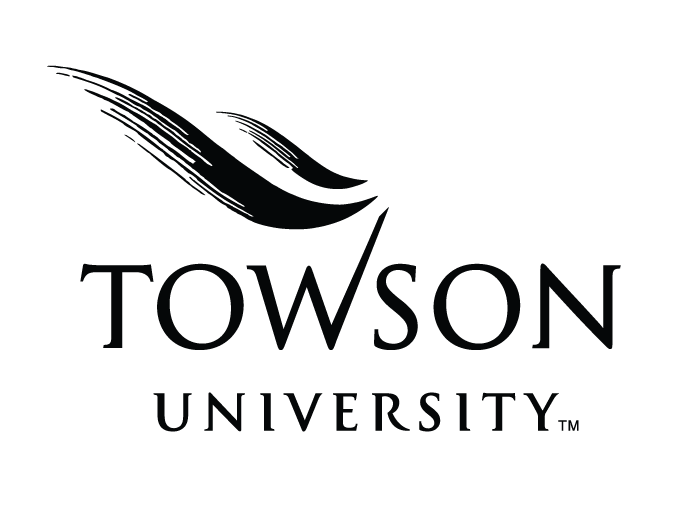Together with colleagues, researchers and students, Jonathan Lazar, a professor of computer and information sciences in the Jess and Mildred Fisher College of Science and Mathematics, has officially been granted a U.S. patent for the new, more user-friendly SoundsRight CAPTCHA.
Most web users have encountered CAPTCHAs, though they may not recognize the acronym for Completely Automated Public Turing Test to tell Computers and Humans Apart. A CAPTCHA is a challenge-response test—typically comprising an obscured sequence of letters and digits—designed to determine whether the user is human.
“CAPTCHAs, or twisted text, are supposed to be something that only a human who can see can understand,” explains Lazar. “The visual clutter discourages image recognition by automated viruses and bots.”
But as crucial as they are to thwarting spam, CAPTCHAs can also present a formidable obstacle to blind or visually impaired users.
Towson’s SoundsRight CAPTCHA presents a solution to this problem through sound. Instead of a visual challenge, users hear a series of 10 sounds and are required to press the space bar each time they hear a specific sound, i.e., a dog barking.
Still in beta, the SoundsRight CAPTCHA was developed by Lazar and colleagues Heidi Feng, associate professor of computer and information sciences, and Abiodun Olalere, a doctoral student, in close collaboration with the National Federation of the Blind in Baltimore, whose site is currently utilizing the technology.
The audio CAPTCHA can be embedded into websites and customized with different sounds and even languages, said Tim Brooks, chief software developer, in an interview with the Baltimore Sun. And the SoundsRight CAPTCHA is as secure as visual CAPTCHAs.
The Towson CAPTCHA found its start in 2007 as a class project by Jon Holman, then an undergraduate student of Lazar’s. Holman and Lazar started developing the technology after a focus group of blind users identified visual CAPTCHAs as their biggest challenge to using the Internet independently.
“We’ve always done the evaluation with blind users at every step,” Lazar told the Sun. “This was research that was done because blind users were telling us this was important.”
“We are all one step away from a sudden disability, so why not make the Internet an inclusive place for everybody?” Taylor said.
Read the full Baltimore Sun story.

